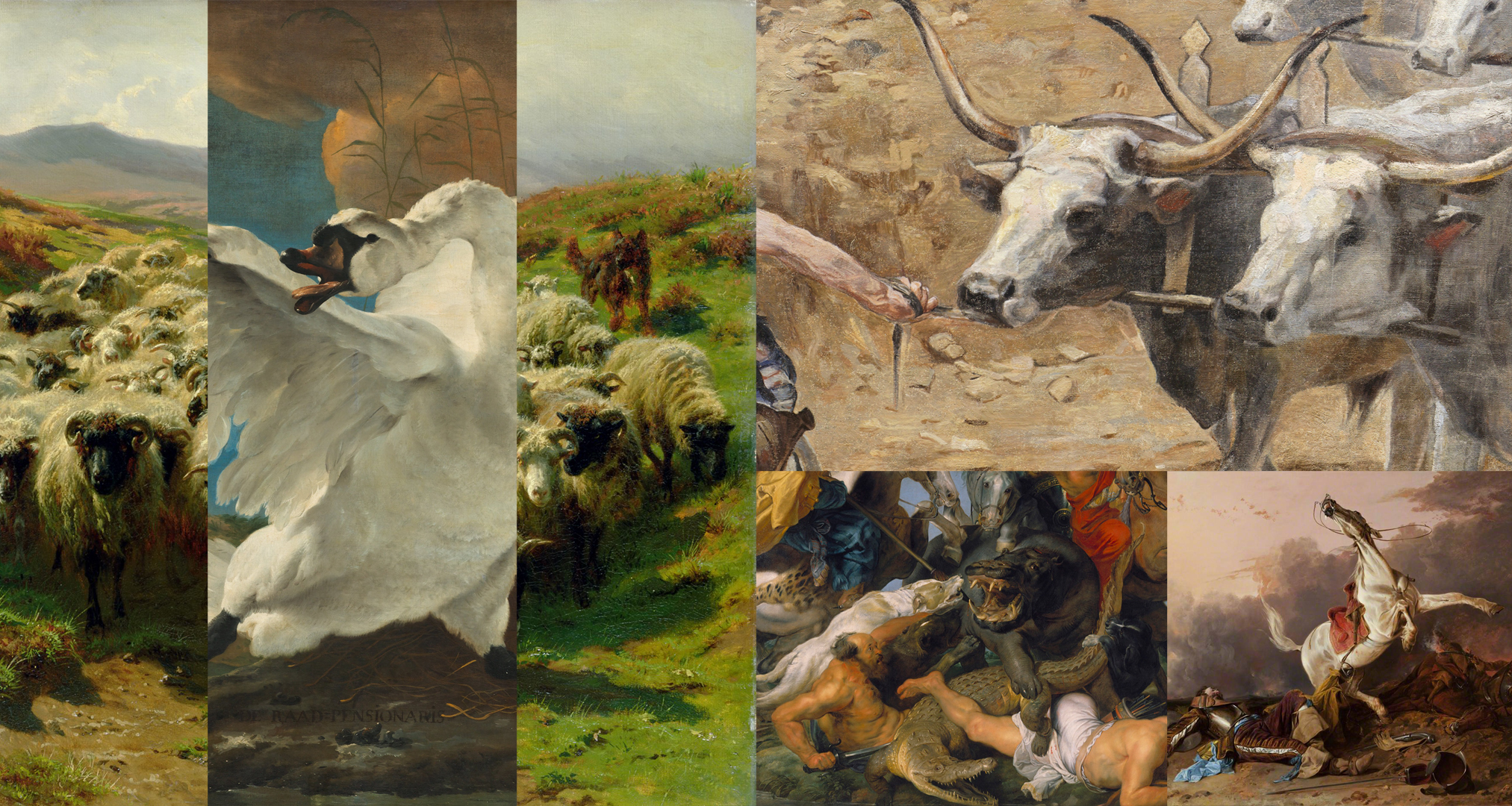RESISTANCE WITHIN THE MUSEUM FAUNA
Challenging Anthropocentrism through Counter Art Histories and Non-Human Narratives
A thesis in artistic research and critical animal studies by Dr. EvaMarie Lindahl – Edge Hill University, 2022
BACKGROUND
The fauna of the art museum is not only the title of the art project and thesis, but a term developed because of the necessity to hold space for a group of non-human animals whose commonality is that their habitat is the art museum, some are portrayed in paintings while others are hidden within pigment, glue and paint. Moreover, one of the core strategies of this research is the refusal to view portrayed non-human animals as symbols for human affairs but instead recognize them as individuals with agency and relationships. To do this, anthropomorphism is used as a radical and empathic tool to envision and imagine new art histories where non-human animals are in the centre.
The thesis was developed during seven years of part time doctoral studies at the Centre for Human Animal Studies at Edge Hill University outside of Liverpool, UK and was finalised in the summer of 2022.
The main supervisor of the research project has been Claire Parkinson who is a Professor of Film, Television and Digital Media with a specific interest in anthropomorphism. She is also the Co-Director of the Centre for Human Animal Studies (CfHAS). Her research interests focus on media, film and Animal Studies; sustainable consumption; eco-media; American cinema; activism; and, film and politics.

What is Critical Animal Studies?
During the seven years this research project have been underway the interest from the arts community in the obsolete dichotomy of human and non-human has increased. In the precarious times of the Anthropocene, one of the strategies of the arts have been to embrace the academic field of Human Animal Studies (HAS) when trying to make sense of it all. Since this is a project situated within visual arts it is therefore necessary to point out the difference between the two fields and position this research project within CAS. In short, HAS’ focus lies in the study of the interactions and relationships between human and nonhuman animals (DeMello, 2012, p. 5) whereas CAS is motivated by a “firm, unwavering normative commitment to ending the exploitation of nonhuman animals for human consumption and pleasure” (Pedersen & Stanescu, 2014, p. 263).
This means that this research project is in conflict with the practices and parts of the art world where non-human animals are seen as resource and material and used instrumentally in the production of art works.
Pedersen, H. & Stanescu, V., 2014. Conclusion: future directions for critical animal studies. i: R. Twine & N. Taylor, red. The Rise of Critical Animal Studies From the margins to the centre. Oxon: Routledge, pp. 262-276.
DeMello, M., 2012. Animals and society: An introduction to human-animal studies. New York: Columbia University Press.
Lund University, 2021. Critical Animal Studies. [Online] Available at: https://www.kom.lu.se/utbildning/critical-animal-studies/, [08 02 2021].